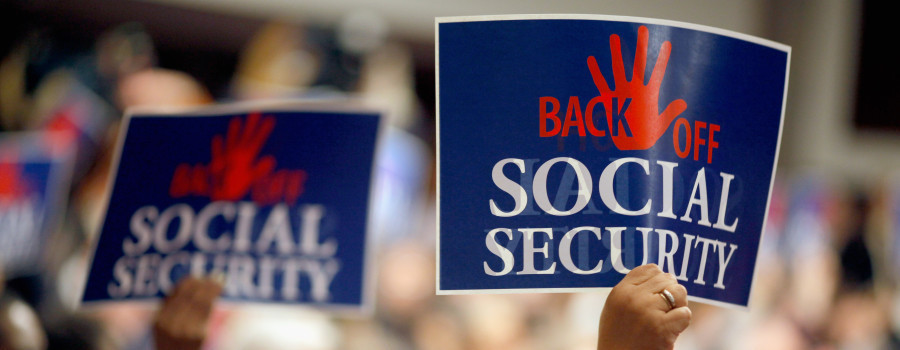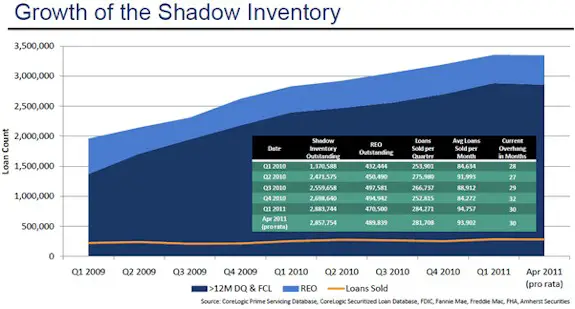The House of Representatives passed a bill on Friday to raise the debt ceiling and cut $22 billion from next year's spending. The bill, passed as part of a power play by Speaker John Boehner (R-Ohio), will nonetheless die in the Senate later Friday evening.
Just four days before the government may begin to default on its loans, the House voted on the bill after two earlier versions failed to win over anti-spending stalwarts in Boehner's party. The Senate is expected to immediately strip it of its content and replace the language with that crafted by Majority Leader Harry Reid (D-Nev.). A vote to begin debate on that measure is slated for later Friday evening.
By altering the content of his bill, Boehner was able to win the support of 218 members of the 240-member Republican conference. In the process, however, he further alienated House Democrats, none of whom ended up supporting his plan.
The bill slashes 2012 fiscal year spending by $22 billion and cuts $915 billion out of the national budget for the next decade. It would also establish a "super Congress," composed of 12 members from both parties and chambers, that would have the power to make major changes to Social Security, Medicare and other programs.
To gain support from the Republican conference's most conservative members, it also includes a requirement for the passage of a balanced budget amendment to trigger the second phase of the bill, which would raise the debt ceiling again later this year.
That provision was added on Friday morning to win over members who said the balanced budget amendment measure in the original plan, which required a vote but not passage, was too weak.
Requiring passage of the balanced budget amendment "got a lot of votes," Rep. Mo Brooks (R-Ala.)said after a GOP conference meeting on Friday in which Boehner announced the change.
Ahead of the vote, several Republicans who had opposed the bill as recently as Thursday night explained why Boehner's last-minute addition of a balanced budget amendment had been enough to bring them onboard.
"This is close enough to the spirit of [Cut, Cap and Balance] and maybe gets them [enough votes for passage]," Rep. Phil Gingrey (R-Ga.) said.
Rep. Jeff Flake (R-Ariz.), who is running for Senate in 2012, said Boehner's original bill wasn't sufficient because "it was only two parts of the Cut, Cap and Balance."
"The 'balance' is now there," he said.
Given the political reality that Boehner's bill is dead on arrival in the Senate, Flake wouldn't speculate on what needs to happen next to ensure a deal is passed by August 2. But he noted that at this point, there's "not that much difference" between Boehner's and Reid's bills. And if Reid were willing to attach a balanced budget amendment to his proposal, Flake said he would support that plan.
Reid's bill currently "has cuts, meager. Caps, eh, somewhat," he said. "But if you put some balance in there, I'm there."
The Reid bill would actually cut $2.2 trillion from the deficit over the next decade, while raising the debt ceiling beyond the 2012 election.
According to Rep. Mike Simpson (R-Idaho), who attended the meeting, said the mood had been friendly, with Boehner telling his conference "I love all of you."
Rep. Louie Gohmert (R-Texas), who declared himself a "bloodied and beaten 'no'" on Thursday, said he had likely been convinced by Boehner's appeals in the conference meeting.
"I need to read [the bill]," Gohmert said. "I think I can [support it], but I need to read it."
But while Boehner may have won with the Tea Party, he will lose with the Senate. Reid had already declared the bill a non-starter in the Senate, but said it was even less digestible with a balanced budget amendment requirement.
Cut, Cap and Balance, a House bill that would have raised the debt limit with a balanced budget amendment requirement, failed in the Senate earlier this month in a 51 to 46 vote. (Three senators were missing.)
Boehner's plan is expected to meet the same fate, after all 53 Democratic senators signed a letter earlier this week vowing to block the bill. House Republicans have indicated the Boehner bill will be their last offering to the Senate.
"Harry Reid has three different options," House Majority Leader Eric Cantor (R-Va.) said on Thursday. "One is to suffer the economic consequences of default, which all of us hope he doesn't choose. Two is to bring up the bill we sent prior [Cut, Cap and Balance] or to accept the compromise bill that we are sending over today," Cantor added.
After the Boehner bill fails in the Senate, the chamber will likely proceed with Reid's bill. Reid has been rallying support among Republicans for the plan, with some centrist Republicans hinting they may be willing to compromise.
"I'll vote for Boehner, and I'll vote for Reid," Sen. Scott Brown (R-Mass.) said on Friday. "I've already said that. We need to move our country forward. It's time."



